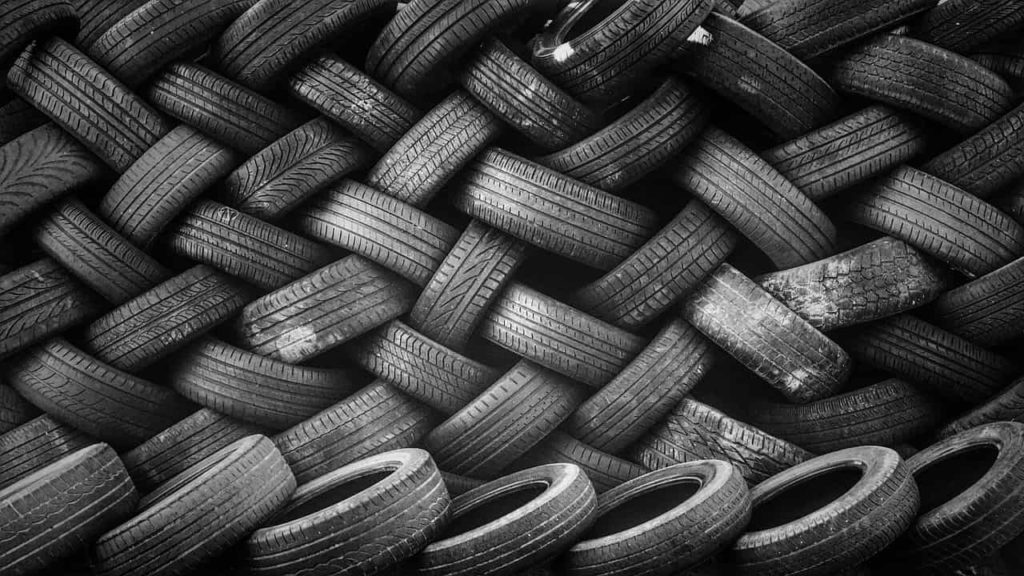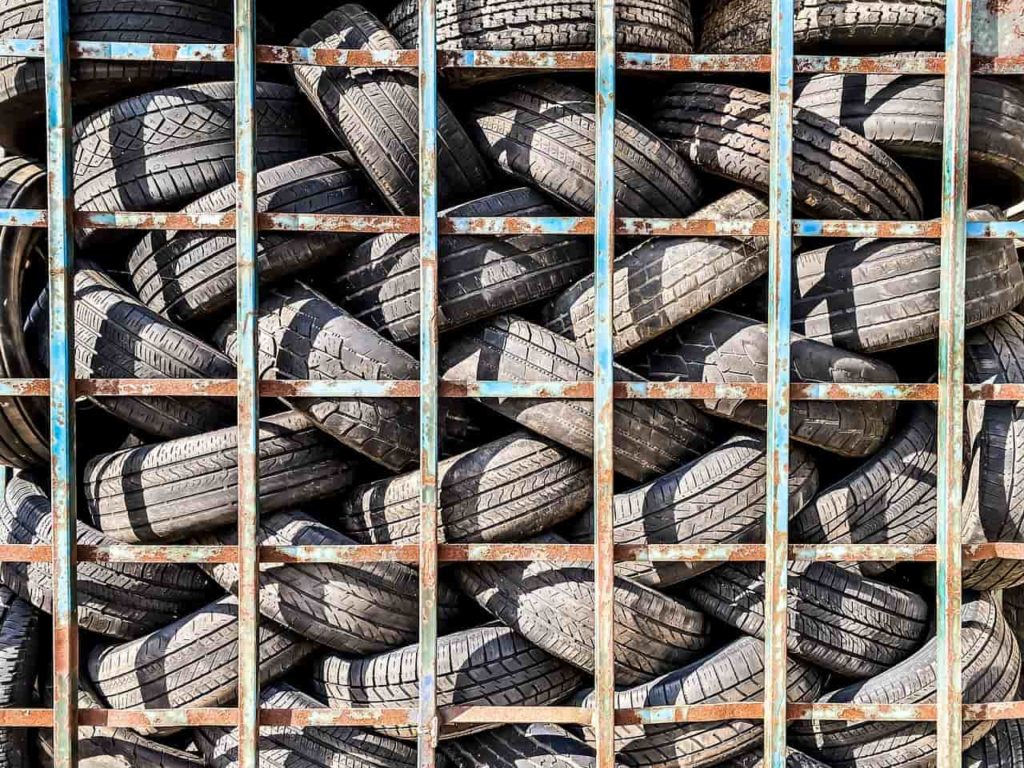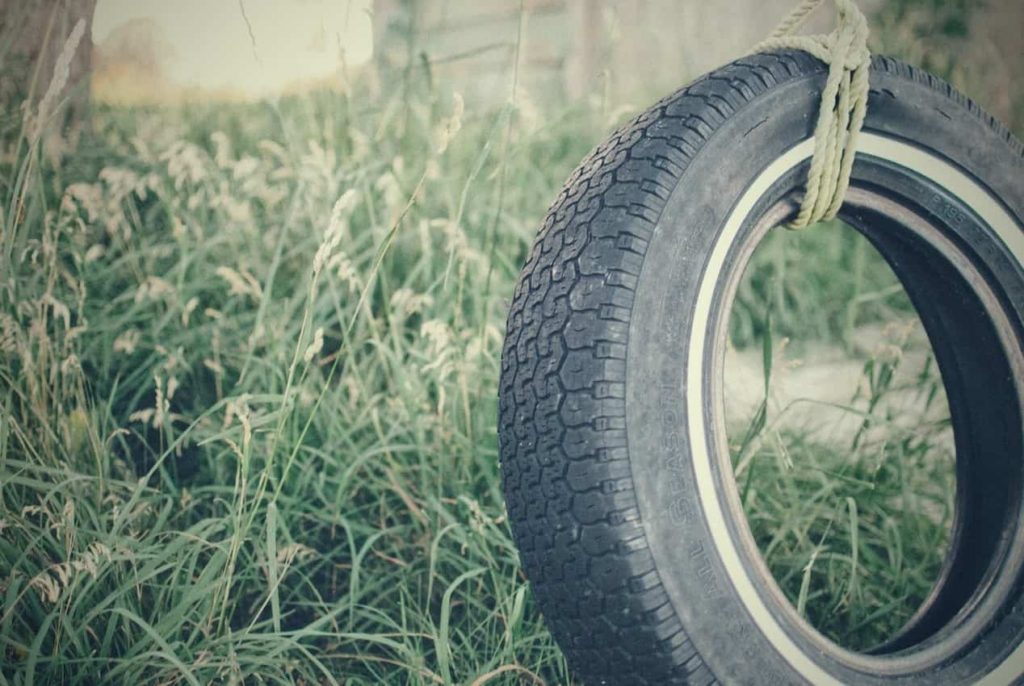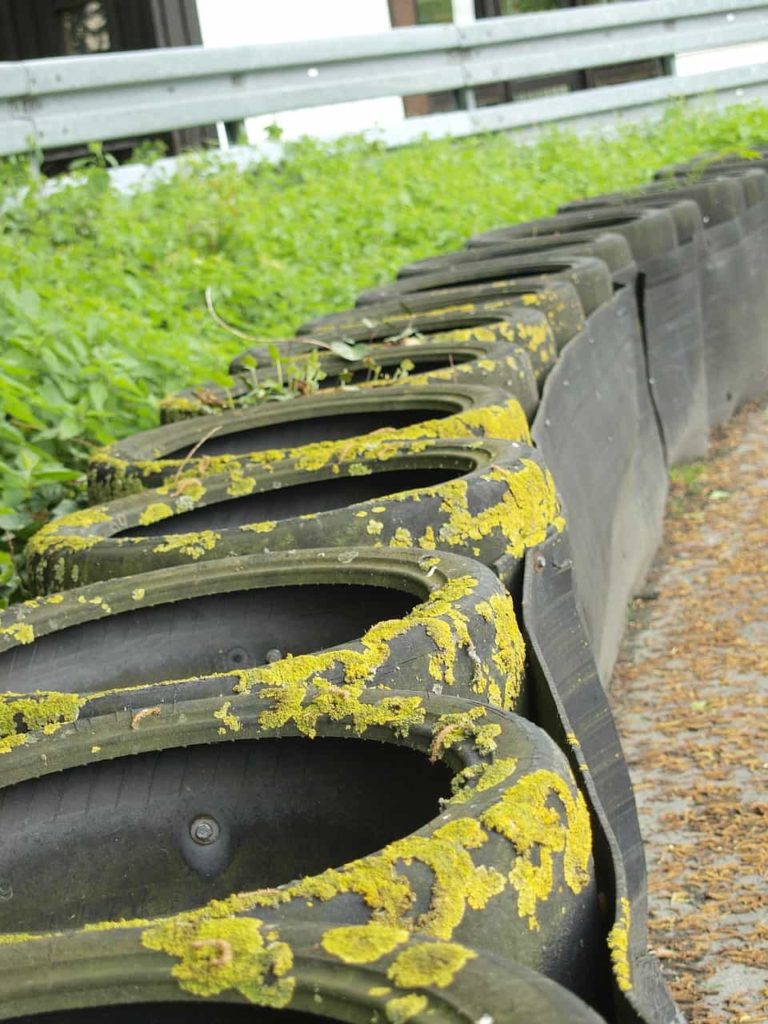Recycling and Disposing of Old Tires
Tires are an essential part of our modern transportation system, but what happens when they reach the end of their life cycle? The disposal of old tires poses a significant environmental challenge due to their durable nature and potential for pollution. This article explores the importance of recycling and proper disposal methods for old tires while highlighting eco-friendly options available to tackle this issue.
Importance of Recycling Old Tires
The improper handling of old tires can have far-reaching consequences on both human health and the environment. Discarded tires often find their way into landfills where they take up valuable space and are slow to decompose. Additionally, when exposed to heat or sunlight over time these abandoned tires become breeding grounds for disease-carrying mosquitoes, posing health risks to nearby communities.
If tires are not disposed of properly they can spread harmful chemicals into the soil and water sources through a process called leaching. The release of chemicals such as lead, cadmium, and benzene from decomposing rubber can contaminate groundwater supplies, putting ecosystems at risk and endangering aquatic life.
Eco-Friendly Options for Handling Old Tires
Thankfully there are several eco-friendly options available to address the issue of getting rid of old tires sustainably. Recycling is one such option that allows us to repurpose these discarded materials in an efficient manner. Through tire shredding processes like granulation or cryogenic grinding, rubber is broken down into smaller pieces while simultaneously removing steel belts and fiber components.
The resulting recycled tire rubber has various applications that contribute to a more sustainable future. For instance, it can be used in rubberized asphalt mixes for road construction projects. This innovative approach not only extends the lifespan of roads but also provides better skid resistance and reduces noise pollution compared to traditional asphalt.
Additionally, recycled tire rubber serves as an excellent material for surfacing playgrounds and sports fields. By cushioning falls and impacts it enhances safety while also offering durability and all-weather performance. Moreover, this environmentally conscious choice helps reduce the demand for new rubber production.
The recycling and proper disposal of old tires are of utmost importance to protect our environment and public health. Understanding the significance of this issue is crucial in order to explore the eco-friendly options available.
Tire Shredding
The tire shredding process is a crucial step in recycling old tires as it aims to break down the rubber into smaller pieces that can be further utilized. The first step of this process involves feeding the tires into a shredder which uses powerful rotating blades to cut them into strips or chips.
These strips are then subjected to further processing such as grinding or granulating to achieve the desired size reduction. One significant aspect of tire shredding is the removal of steel and fiber components embedded within the rubber.
This is done through a series of mechanical processes that effectively separate these materials from the shredded rubber. Magnetic separators are often employed to extract steel wires, while screens and air separation techniques are used to eliminate fibers.
Uses for Recycled Tire Rubber
Recycled tire rubber finds application in various fields due to its remarkable attributes and versatility. One prevalent use is in rubberized asphalt for road construction. The incorporation of recycled tire rubber into asphalt mixtures enhances pavement durability by improving resistance against cracking and rutting.
This environmentally friendly solution not only extends the lifespan of roads but also reduces noise levels and provides better traction. Furthermore, recycled tire rubber serves as an excellent alternative for creating safe playground surfaces and sports fields.
With its shock-absorbent properties, it mitigates injuries caused by falls during playtime or athletic activities. The cushioning effect helps protect children from potential impacts while offering a resilient surface for sports like soccer or basketball.
In addition to these applications, recycled tire rubber plays a vital role in manufacturing new tires and other rubber products. By incorporating recycled content into tire production, companies can conserve natural resources while maintaining high-quality performance standards.
Recycled rubber can also be transformed into various products like mats, flooring tiles, seals, gaskets, footwear soles, and even playground equipment. Overall, recycling old tires not only addresses waste management concerns but also offers sustainable solutions that contribute to a greener and more resourceful future.
Tire Art and Crafts
Repurposing old tires as artistic mediums has gained significant popularity in recent years. Artists around the world have taken advantage of the unique characteristics of tires to create breathtaking sculptures and installations.
Whole tires can be transformed into mesmerizing sculptures, capturing intricate details that highlight the versatility of this material. From animals to abstract designs, these tire-based artworks showcase the immense creativity of artists who see potential in what many consider mere waste.
DIY Tire Projects
In addition to professional artists, everyday individuals have embraced the trend of repurposing old tires through various do-it-yourself (DIY) projects. One popular DIY project is transforming a tire into a planter. By cutting out a section of the sidewall and filling it with soil, old tires can become charming homes for plants and flowers in gardens or even on balconies.
Imaginative individuals have also ingeniously repurposed tires as swings for children or even as unique pieces of furniture such as ottomans or coffee tables. These DIY projects not only contribute to waste reduction but also add a touch of eco-friendly creativity to our surroundings.
Tire Based Construction Techniques
One remarkable way to repurpose old tires for construction purposes is through rammed earth tire construction, commonly known as earthships. This innovative technique involves stacking whole tires vertically and compacting them with densely packed soil. The resulting walls provide structural stability while utilizing discarded materials that would otherwise end up in landfills.
Earthships are celebrated for their energy-efficient properties due to their natural insulation provided by both the compacted soil-filled tires and additional layers of thermal mass materials like adobe or cob. The utilization of old tires in earthship construction not only reduces waste but also promotes sustainable living.
These homes rely on passive solar heating and cooling techniques, rainwater harvesting systems, and renewable energy sources such as solar panels. Earthships have gained global recognition for their low environmental impact while providing comfortable and self-sufficient living spaces.
Communities embracing this approach have emerged worldwide, showcasing the successful implementation of earthship concepts in various climates and geographical locations. Repurposing old tires offers both artistic and practical opportunities.
Sustainable Disposal Methods for Old Tires
Tire-Derived Fuel
One of the most sustainable ways to dispose of old tires is through the conversion process known as tire-derived fuel (TDF). This innovative method involves shredding or chipping the tires into smaller pieces suitable for combustion. The resulting tire-derived fuel has a high energy content and can be utilized as an alternative fuel source in various industries.
Industrial boilers, cement kilns, and power plants often incorporate TDF to replace traditional fossil fuels like coal or oil. By diverting tires from landfills and utilizing them as a valuable energy resource, TDF contributes to both waste reduction and reduced carbon emissions.
Pyrolysis
Pyrolysis offers another effective means of sustainable tire disposal by transforming old tires into valuable resources. This process involves heating shredded or chipped rubber in a controlled environment without oxygen, causing it to decompose into oil, gas, and carbon black.
The resulting products can be further refined and used in various applications. Synthetic fuels derived from pyrolysis have proven to be an environmentally friendly alternative to traditional fossil fuels by reducing greenhouse gas emissions during combustion.
Additionally, carbon black obtained through this process finds application in various industries such as ink production, ensuring optimal resource utilization while minimizing waste generation. By employing these sustainable disposal methods like tire-derived fuel (TDF) and pyrolysis, we can effectively manage the vast quantities of discarded tires while simultaneously reducing our reliance on fossil fuels and minimizing environmental impact.
Environmental Concerns
Tire Fires
Improper disposal of old tires poses a significant environmental hazard, particularly when they are burned in uncontrolled fires. Tire fires release toxic gasses and particulate matter into the atmosphere which contributes to air pollution and respiratory issues. These fires are notoriously difficult to extinguish due to the high flammability of rubber and can lead to prolonged burning, releasing harmful pollutants over an extended period.
Furthermore, tire fires generate vast amounts of black smoke that can contain toxic chemicals including sulfur dioxide and carbon monoxide. The resulting air pollution not only affects human health but also harms ecosystems by contaminating soil, water sources, and nearby vegetation.
Landfill Issues
When old tires are improperly disposed of in landfills, they present several environmental concerns. Tires take up valuable space in landfills due to their large volume and slow decomposition rate. Over time as tires break down under the pressure of other waste materials in landfills, they release hazardous chemicals into the surrounding environment.
These chemicals include heavy metals like lead and cadmium which can leach into groundwater or contaminate surface water bodies nearby. Additionally, as landfills reach capacity or during extreme weather events like floods or landslides, tires can become dislodged from their designated areas and find their way into rivers or other sensitive ecosystems.
Recycling Tires is Important
The proper recycling and disposal of old tires is crucial for environmental sustainability. The risks associated with improper tire disposal highlight the importance of promoting eco-friendly options such as recycling and repurposing.
By implementing these practices on a larger scale and raising awareness about their benefits among individuals and industries, we can significantly reduce the negative impact of discarded tires on the environment. Taking proactive steps towards responsible tire management not only helps minimize pollution and protect natural resources but also contributes to a healthier and more sustainable future for generations to come.





